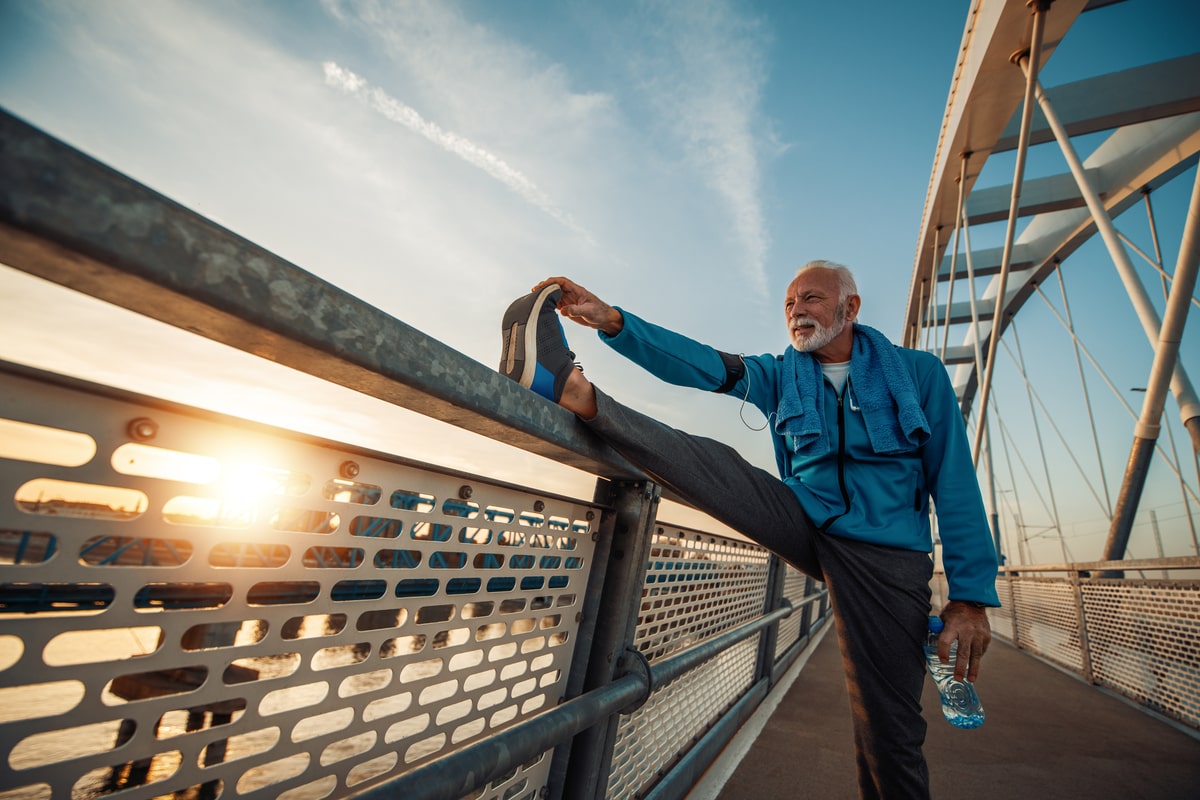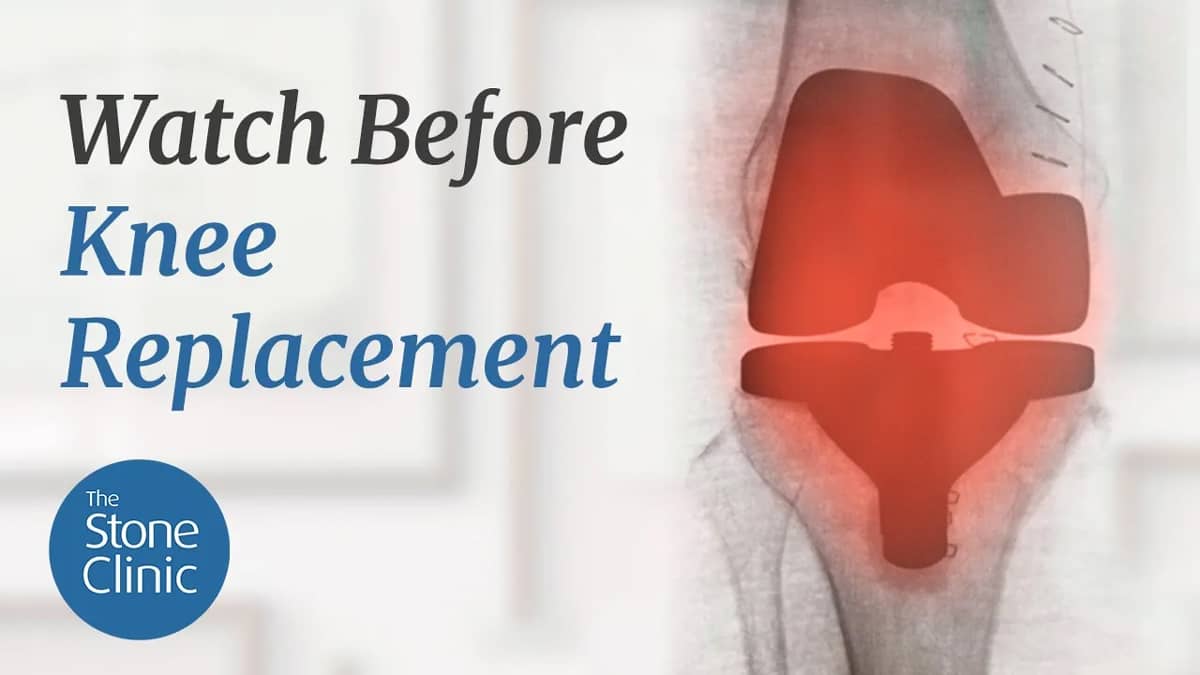Avoiding Total Knee Replacements
Hear From Our Patients
Skier avoids knee replacement with BioKneeThis year, in the US alone, the number of total knee replacements will exceed 600,000. Eighty percent of these are unnecessary. Here is why.

Total knee replacements are a godsend to people with severe loss of bone and cartilage involving all three compartments of the knee joint. Modern surgery, in which a robotic arm is used to make super-precise cuts, permits the metal implants to be fitted precisely to the bone, often without the use of bone cement. When no cement is used, the bone grows into the open metal pores and there is much less risk of loosening. Our total knee patients return to sports with confidence that though they may eventually wear out the plastic tray, they probably won’t—and by building their muscle and bone through exercise, their new joint will likely outlive them. Dropping dead at 100, while playing at a sport we love, remains our shared goal. So, what is wrong?
The problem is that 80% of the people who are told they have severe arthritis, requiring a total knee replacement, actually only have bone-on-bone arthritis in one part of their knee. If the arthritis has not progressed to complete loss of joint space, these people might consider an alternative: a biologic joint replacement with regrowth or replacement of the articular cartilage surface, combined with replacement of the meniscus cartilage. Recent long-term studies show that this procedure, on average, buys the arthritic patient 17 years before an artificial knee component is required.
If one or two knee joint compartments have indeed lost all their joint space, a robotically-placed partial knee replacement has huge advantages. First of all, less surgery is almost always a good thing. A partial replacement saves the ACL (or can be combined with an ACL reconstruction if necessary) so that the knee often feels normal—which a total knee replacement almost never does. And a partial replacement can be revised to another partial if it wears out—or, if arthritis progresses, a partial can be done on the opposite side of the knee. It can even be converted to a total knee replacement later in life if required. The patellofemoral joint (where the kneecap meets the thigh bone at the front of the knee) can be selectively resurfaced, or it can be combined with a medial or lateral replacement.
In the past, it was quite difficult to perform these surgeries accurately. But current 3D CT imaging, with robotic-arm control, has made it possible to place the components in positions that are optimal for the patient’s anatomy and stability.
The problem, even with perfectly placed total knee replacements, is that up to 50% of patients have pain at 10 years. The knee ligaments often stretch out around the implants, and the revision success rate is depressingly low. In an effort to avoid those risks, we push the limits to do biologic or partial artificial replacements whenever possible.
The best solution, as always, is to avoid developing arthritis in the first place. Healthy knees can run forever. Injuries, however, change the biomechanics of the knee, leading to early wear. If injured, tissues should be repaired or replaced as soon as possible—especially the meniscus, cruciate ligaments ACL and PCL, and articular cartilage surfaces. It is far more conservative to repair the damage early than to experience the failure of the wait-and-see arthritis game.



